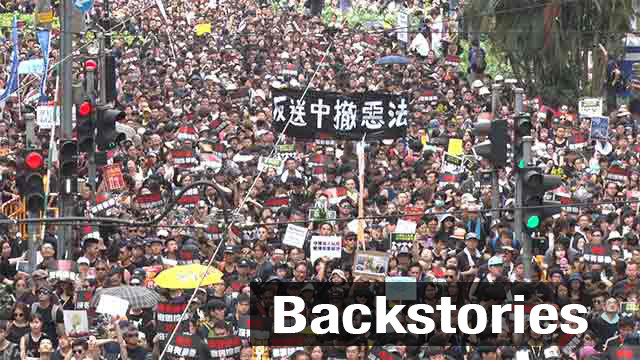Mass protests against a controversial extradition bill have snowballed into a political maelstrom that shows little sign of abating.
But what are the young protesters fighting for, and what drives them on?
Sense of helplessness
A crowd of people were looking up at a building near the Legislative Council on July 3. They were trying to find a young man who had posted a suicidal message on a social networking site. In June, another man jumped to his death from the same place.
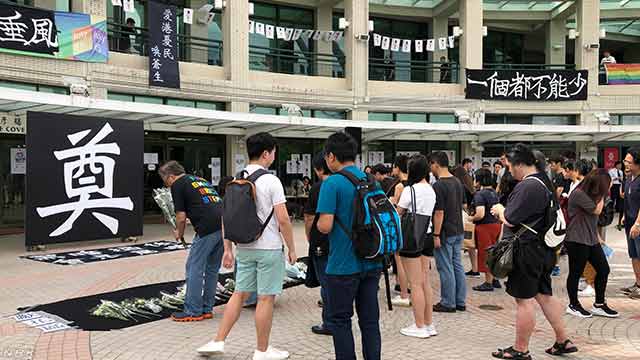
He wasn't alone. Three other protesters have also taken their own lives -- and they left messages of protest against the Hong Kong government. "I feel desperate," said one. "The government will never hear our voices."
Another wrote, "I can't change anything and I feel so helpless."
Aware of this, the people who had gathered were trying to stop the suicides. To their relief, the man was discovered safe several hours later.
Driven by despair
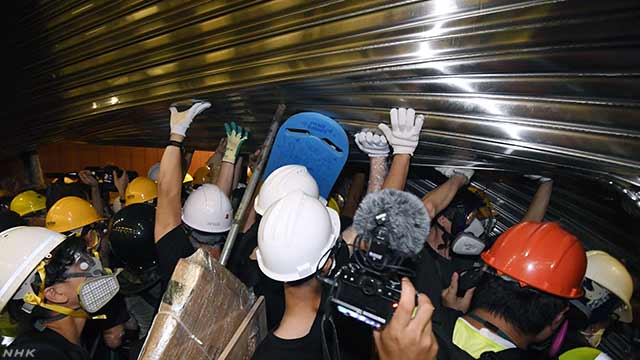
Two days earlier, thousands of demonstrators had surrounded the Council building. Some stormed the premises and began smashing windows and spraying graffiti, before being forcibly removed by police.
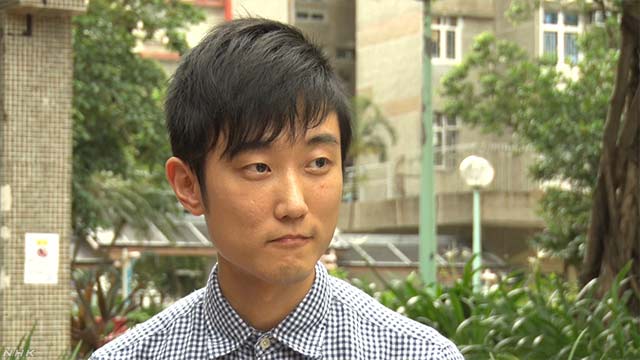
Dennis Cheung, 30, was among the crowd outside. He said those who stormed the building were even prepared to sacrifice their lives. He said they asked others to look after their families if they died.
Cheung stood before the legislature together with leaders of pro-democracy groups two days after his peers had stormed the building. He urged Hong Kong residents to listen to the young people. "We know the use of vandalism was not the right way," he says. "But they had to do so to make our voices heard."
Cheung says he and the other protesters are driven by despair. One sprayed a message on a pillar at the legislature that read, "You have taught us that peaceful protests are useless."
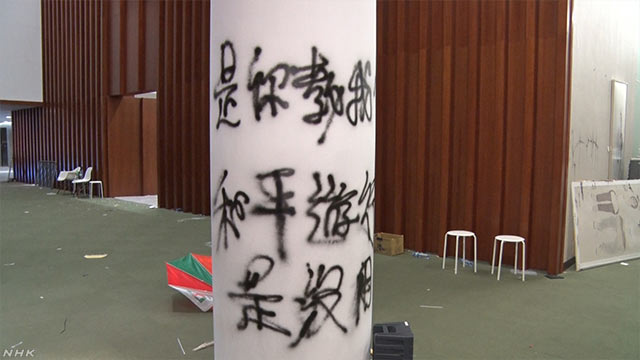
Changing demands
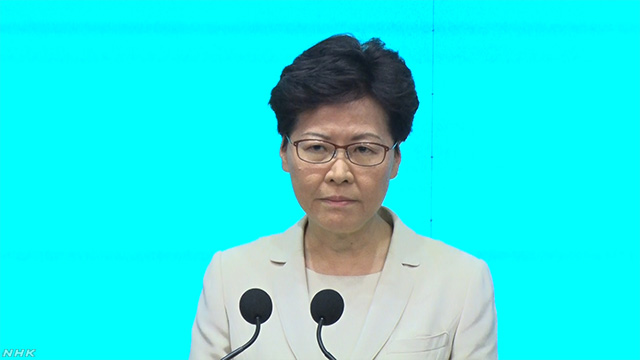
On July 9, Hong Kong Chief Executive Carrie Lam declared the bill "dead," but didn't state that it would be withdrawn, possibly to appease Beijing. The unclear situation has only increased discontent and disappointment with the government.
Unlike in mainland China, Hong Kong is authorized to create its own systems and rules under the so-called "one country, two systems" framework. The city is entitled to such high levels of autonomy for 50 years from 1997's handover until 2047.
Of the 70 seats in the Legislative Council, 35 are allocated and nearly all go to pro-Beijing lawmakers. While the remaining 35 are elected by direct popular vote, the past two years have seen a string of supposedly pro-independence, pro-democracy candidates denied either the chance to run or actual election victories.
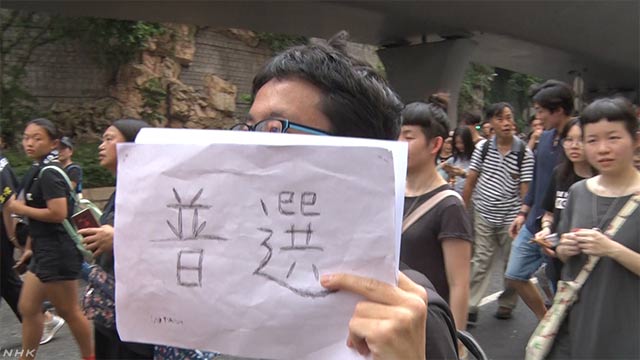
Angry young protesters say this "unfair" system means public opinion is not reflected in Hong Kong's politics. That's led to a shift in their demands to include political reform to better reflect the views of the public through a real, popular vote.
The last fight
Many of the protesters are in their late teens or early 20s, born around the time of Hong Kong's reversion to China. They've lived through the ensuing social change and seen the ever-increasing influence of the mainland.
"If the government cannot even keep the promise of 50 years, Hong Kong as we know it might be lost completely," says one protester.
"Be Water"
In 2014, Hong Kong was engulfed by the Umbrella Movement -- massive street protests calling for electoral reform. The movement was snuffed out when the authorities forcibly detained protesters.
At that time, charismatic leaders spearheaded the demonstrations, but the current protests have no such figureheads.
Instead, young people discuss their plans and recruit supporters on social media. They call their approach, "Be Water" after a phrase used by Bruce Lee to describe the essence of a battle. The water changes its shape freely -- flowing at one time, or hard as ice at another.
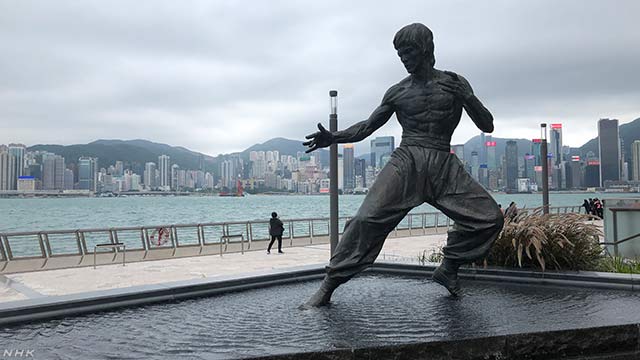
Graduate student Alex Lau, 26, has been taking photos of the protests and posting online. Viewers use them to decide what to do next.
"Instead of waiting for instructions, we think together about how to make Hong Kong a better place," he says. "If we can agree on a cause, we join the action voluntarily."
Lennon walls
In addition, protesters rely on a method known as a "Lennon Wall." People write their thoughts on pieces of paper and stick them on the walls of subway stations or under elevated roads.
The Lennon Wall movement started in Czechoslovakia in the 1980s, where young people honored the memory of John Lennon by scribbling messages on a wall. As people flocked to the wall, seeking freedom from the Communist regime's oppression, the Lennon Wall became a symbol of silent protest.
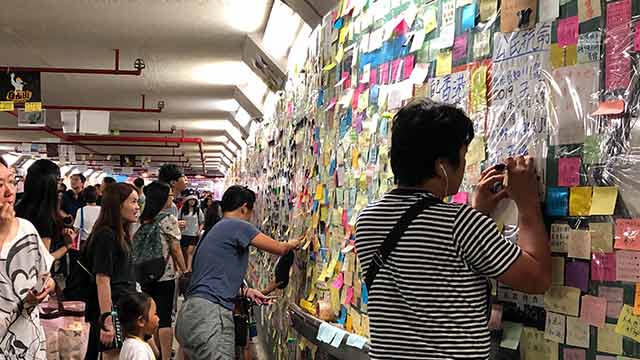
Hong Kong's Lennon Walls can be found at more than 50 locations now, including an underground passage, where a 50-meter-long wall is almost entirely covered in pieces of paper.

At dusk one humid day in July, Wong Nga-man, a 21-year-old college senior, was standing on a street corner with friends, setting up a message board.
"I want to take action in my own way," she says. "By reading and writing messages, I feel connected with others. I am disappointed with the government, but our movement is not over."
However, the messages have not been welcomed by all. There have been clashes between demonstrators and others who see the walls as eyesores. In one instance, someone set a wall on fire.
Divisions within Hong Kong are clear, as is the need for skillful, careful leadership if the territory is to hear the voice of every citizen and plot a steady path ahead.
